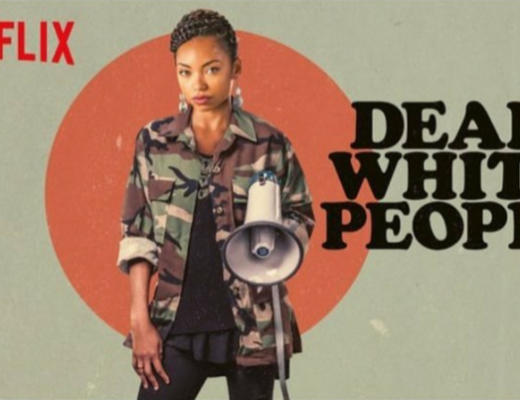“I am not free while any[one] is unfree, even when [their] shackles are very different from my own.” —Audre Lorde
World Day Against Child Labor (WDACL) is on June 12, and the issue of human trafficking is once again taking center stage. In support of WDACL, anti-trafficking organizations around the world (like Beauty For Freedom, a New York non-profit started by Ford model Monica Watkins) will align their efforts to speak up as one united voice against the unthinkable, and ever-prevalent commodification of human bodies. According to the International Labor Organization, “human trafficking is the fastest growing criminal enterprise of the 21st century, an estimated $150 billion dollar industry that is second only to drugs in terms of organized crime.”
As Americans, there is a prevailing perception that trafficking is an “over there” problem. The Coalition to Abolish Slavery and Trafficking (CAST), a Los Angeles based non-profit organization is working to make Americans aware of trafficking realities both at home and abroad. According to its website, “[s]tates like California, Florida and New York are particularly vulnerable to human trafficking because of factors such as: proximity to international borders, numerous ports and airports, significant immigrant populations and large economies that include industries that attract forced labor.” Los Angeles, for example, is a top choice for human traffickers as the “sprawling city makes it easier to hide and move victims from place to place, [and more] difficult for law enforcement to locate potential survivors.”
Human beings are being trafficked into the United States from all over the world. And with WDACL approaching, there is no better time for us as Americans to educate ourselves about this global issue and what we can do to protect our children at home and elsewhere. Here are few action steps:
1. Understand what trafficking is.
There are many misconceptions regarding the concept of trafficking, including the notion that it only affects female victims. According to CAST:
Human trafficking is the exploitation of human beings through force, fraud or coercion for the purposes of commercial sex or forced labor. Any person under the age of 18 who performs a commercial sex act is considered a victim of human trafficking, regardless of whether force, fraud, or coercion was present.
Important takeaways? First, all of our children are at risk. Boys too are being victimized and targeted by traffickers. And second, coerced labor in and of itself (even in the absence of sexual exploitation) is still considered trafficking.




No Comments